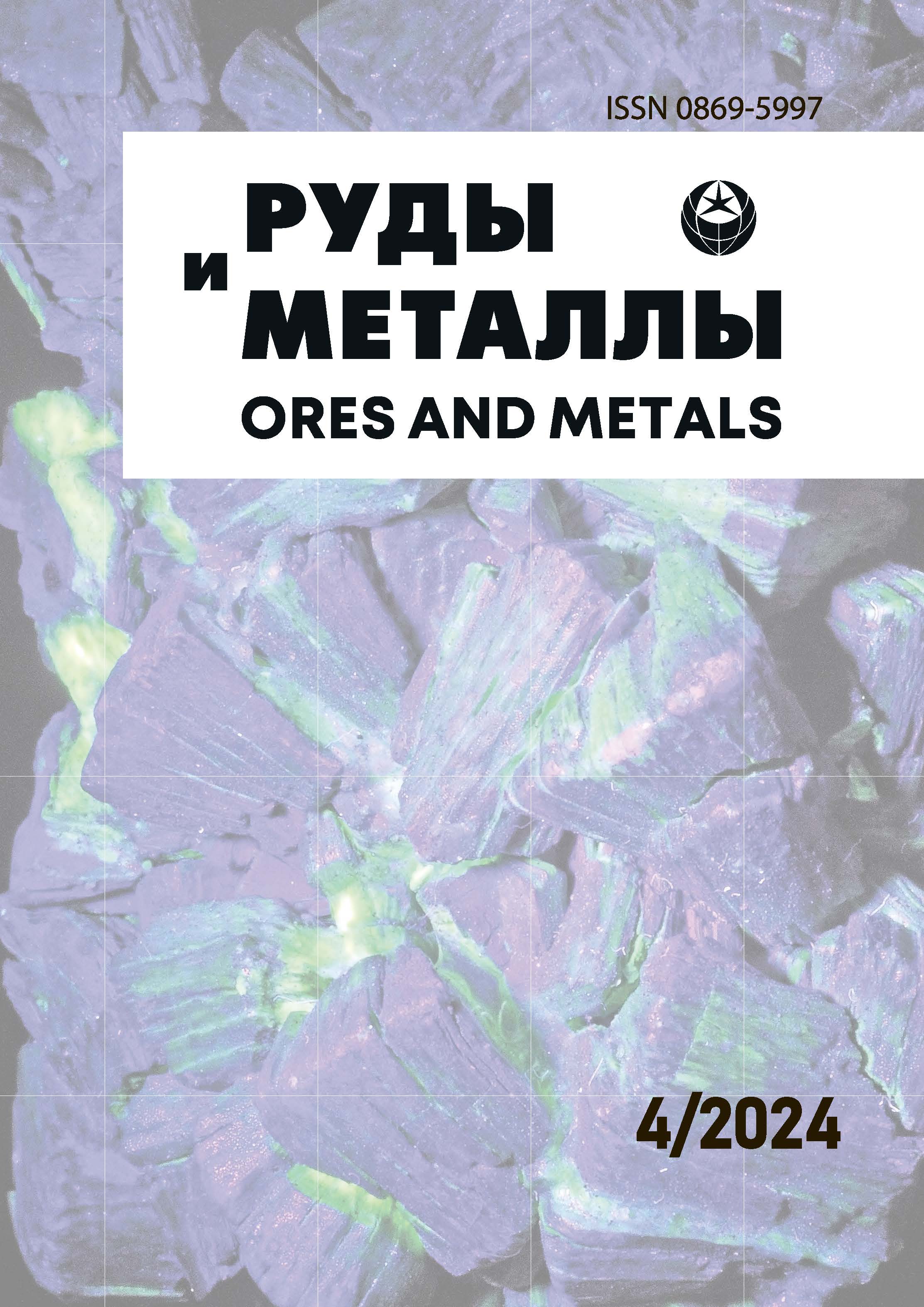Application of IR Fourier microscopy for investigation of kimberlite indicator minerals to search for diamond deposits using heavy-mineral concentrate method
DOI: 10.47765/0869-5997-2024-10019
Keywords:
IR-Fourier microscope, diamond, garnets, olivines, pyroxenes, zircon, kyanite, rutile, apatite, pyrope, chromium pyrope, chrome diopside, forsterite, kimberlites, satellite minerals of diamond, typomorphism, heavy mineral concentrate (HMC) samples, diamond deposits.Abstract
Possibilities of the infrared microscopy technique as applied to the express diagnostics of diamond crystals and of grains of most of its satellite minerals, extracted from heavy mineral concentrate (HMC) samples, are considered. An original technique of investigation of the diamond satellite minerals
with IR-Fourier microscope has been developed. In this case, the spectrum of each sample is recorded, and its identification and determination of the characteristic wave numbers are performed automatically. These parameters are caused by peculiarities of the chemical composition and crystal structure of the mineral and allow one to conclude on its primary sources.
Typomorphic properties of kimberlite garnets, olivines, and clinopyroxenes and peculiarities of their IR spectra, that can be used for the prospecting and exploration purposes, are considered on specific examples. It is substantiated that application of the IR Fourier microscopy and of the developed electronic library of spectra of individual mineral grains contributes to increasing the efficiency of the analysis of panned HMC samples in forecasting of and exploration for diamond deposits


